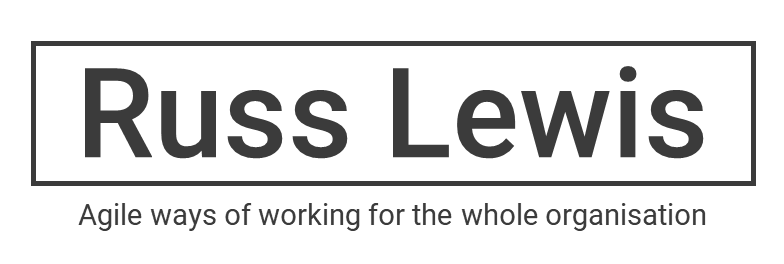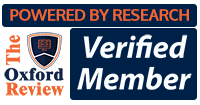Imagine your firm aims to become 200% more effective. You have a Head of Transformation, a budget, agreed measures, and monthly progress meetings with the Executive leadership team.
There's a real upturn as these new initiatives ramp up amongst the delivery teams. Why does this ALWAYS happen? Not because of Agile, Scrum, Kanban, or SAFe. It's because of management's collective focus on improvement.
Inertia against change builds whilst managers' focus returns to Business As Usual and they realise they cannot change the system. Revenue targets and staff appraisals take priority over updating outdated security, accounting, and hiring policies. Agile Transformation programs inevitably run out of momentum. They don't fail, so much as fizzle out.





